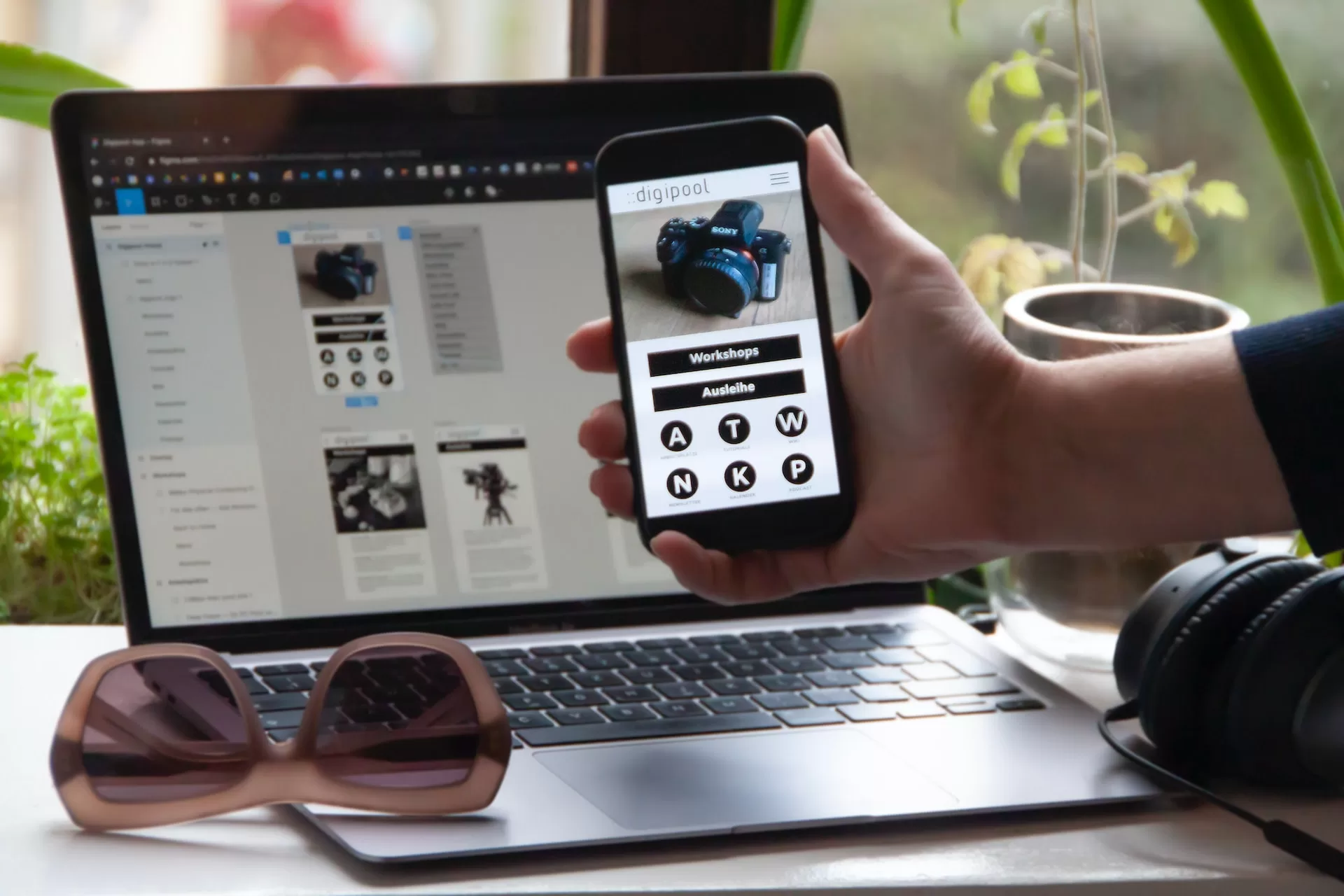The 6 Steps to Mobile App Development
Many business owners are already enjoying the many benefits that come with creating your own business mobile app, which can be downloaded by your customers in Android or iOS, while many more have yet to realise that app development is even a thing.
Here are the steps involved in app development & build.
- Needs assessment – The first thing the app development Melbourne company do is carry out a needs assessment to determine the nature of your business and in what ways an app can help. The developer strives to understand your brand and how the business operates, which enables them to put together a project outline with projected timelines and discuss cost.
- Build a prototype – This allows the business owner to see how the user interface looks; much like a digital storyboard using state of the art graphics. Time is spent discussing colours and the features the client plans to include, while client feedback is essential during this stage. Once the customer is happy with the look of the interface, a project design can be created, which brings in the front and back-end developers.
- App design – This is where things start to take shape; designed using company colours to create a professional-looking design that is easy to use. Timelines are agreed and everything is finally reviewed prior to the build process starting. Here are a few metrics to measure and quantify the User Experience (UX).
- App build – The meat and potatoes stage, where the front and back-end developers write the code; typically, the developer has a 2-weekly meeting with the client to show progress and minor adjustments can be made. The timeline very much depends on the scope of the initial build and eventually, you reach the testing stage, where bugs are ironed out, then the app is ready for launch.
- App launch – The finished app is uploaded to Play Store and Google Apps in both Android and iOS formats and you can invite your customers to a free download of the app. This is an exciting time as customers start to use the app, while the developer is constantly monitoring things. You can start planning advertising campaigns to deliver rich content to your customers’ screens and you might discover potential features you had not previously seen.
- Support – The final stage of the process is support; releasing bug fixes as required and generally checking that all works as it should, your app development team are always making sure there are no issues.
It should be noted that app development can (and should) be ongoing and if you are worried about cyber-security, the developer uses the best software to protect the app against hackers. Over time, newer versions can be created, which your customers can update automatically and all data can be analysed to improve the UX.
Designing and building a business mobile app is the smart thing to do, regardless of which industry you are in; talk to a Melbourne-based app developer today and add a powerful tool to your arsenal.
What Is WooCommerce Product Slider and Why Your Store Needs It
Why Do Product Images Matter So Much in Online Stores? When someone visits an online store the…
0 Comments9 Minutes
How to Streamline Your Customers’ Shopping Experience?
The goal for any online store is to make shopping as smooth as possible. When visitors move…
0 Comments8 Minutes
Strengthening Brand-Customer Relationships Through Gamified Loyalty Programs
Creating lasting connections with customers has become increasingly vital as the marketplace grows…
0 Comments6 Minutes
How to Use SEO and SEA Together in Search Engine Marketing
In digital marketing, search engine marketing (SEM) plays a critical role in improving online…
0 Comments10 Minutes
Content Marketing Growth Hacks: Real Shortcuts to Drive Traffic
Are you still lagging in content marketing? Sticking to these old strategies seems…
0 Comments10 Minutes
How to Build a Strong Local Following Using Social Media Marketing
In the days of likes, shares, and stories, local businesses have a golden opportunity to create…
0 Comments9 Minutes
Why WooCommerce is the Best Choice for Your Online Store?
WooCommerce stands out as a top option for anyone looking to build an online store. This platform…
0 Comments8 Minutes
How to Use AI-Powered SEO Tools for WordPress eCommerce
SEO is a critical factor in the success of any e-commerce WordPress store. As competition…
0 Comments11 Minutes








